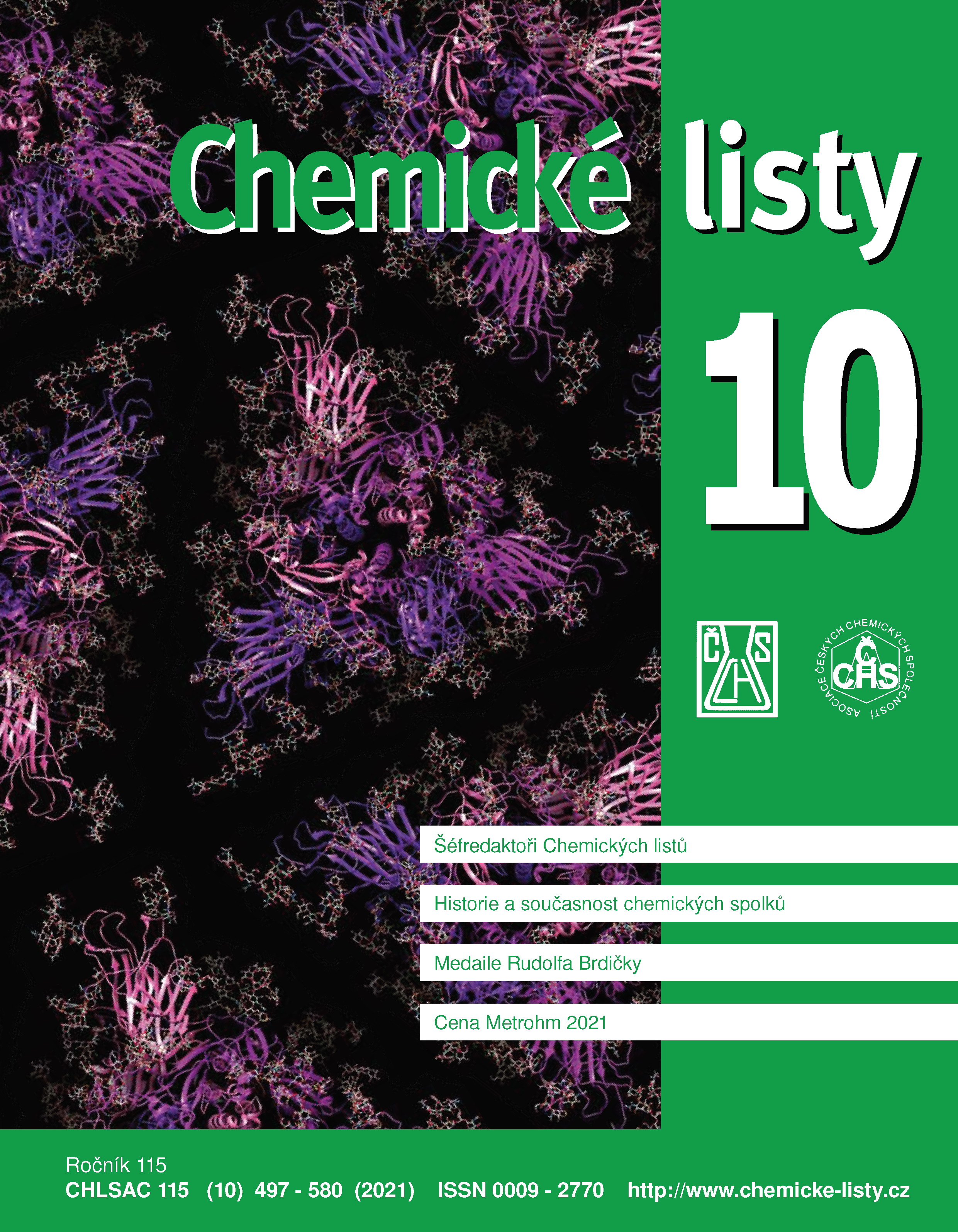Preservatives in Cosmetics
Keywords:
cosmetics, preservativesAbstract
Chemical, physical, and microbial stabilities are important properties of cosmetic products. Microbial stability is provided by preservatives, their combinations with humectants, or gelling agents. Both natural and synthetic preservatives can be used in cosmetic products. Natural preservatives are mixtures of many chemical compounds and their effective concentration is higher as compared to synthetic preservatives. The use of natural preservatives is not restricted by legislation, whereas the use of synthetic ones is defined by Regulation (EC) No. 1223/2009 of the European Parliament and of the Council. In this paper, the effect of parabens, isothiazolinones, phenoxyethanol, and organic acids is discussed. Within the European Union, legislation for cosmetic products is strict to ensure consumer safety.





